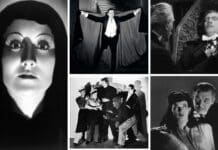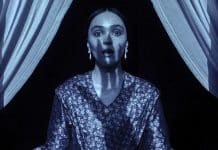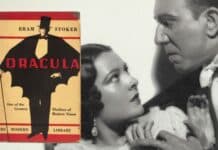Max Schreck’s creepy portrayal of vampire Count Orlok in Nosferatu 1922 remains a milestone in horror, yet the actor’s life is as mysterious as his iconic character
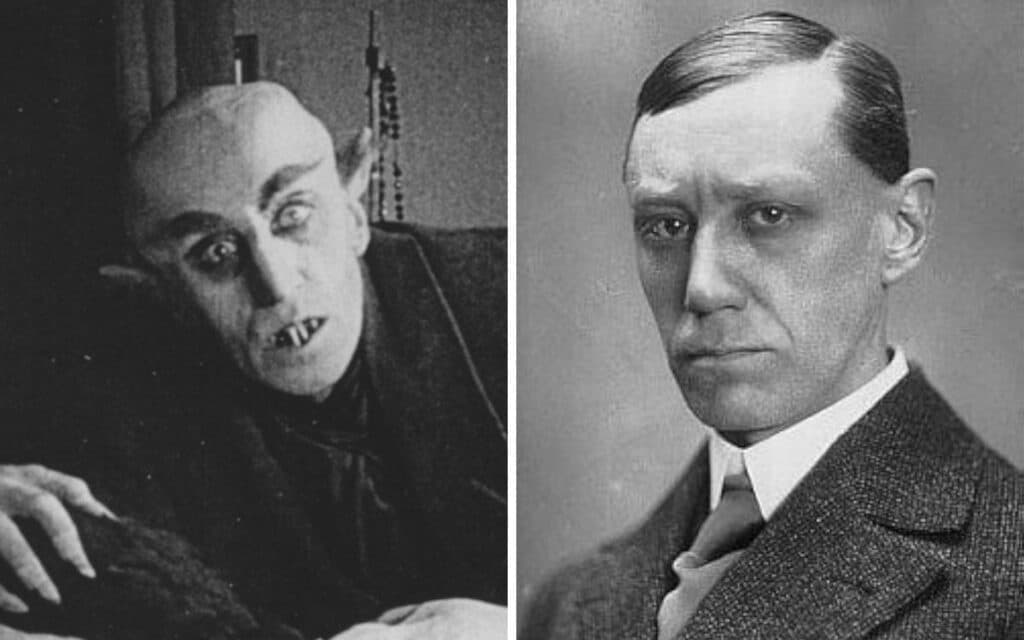
Max Schreck’s haunting portrayal of Count Orlok in Nosferatu: Eine Symphonie des Grauens (Symphony of Horrors) remains one of cinema’s most unforgettable depictions of horror, cementing the film’s status as a foundational piece of the genre.
Released in 1922, Nosferatu holds a special place in film history as most likely the world’s first adaptation of Dracula.
Although an unauthorised version of Bram Stoker’s novel, the film’s dark, expressionist style and unsettling atmosphere would go on to influence horror for decades.
At the heart of Nosferatu’s lasting impact is Schreck’s unforgettable performance, which transformed the vampire from an aristocratic seducer into a creature of pure, primal fear.
His eerie portrayal of Orlok – a gaunt, corpse-like figure with hollow eyes and claw-like hands – elevated the film, leaving an indelible mark on horror cinema and forever linking Schreck’s name with the darkest corners of the genre.
Actor Max Schreck was born Friedrich Gustav Max Schreck on 6 September 1879 in Berlin, his surname, meaning “terror” in German, ironically hinted at the dark path his career would later take.
Raised in a middle-class family, Schreck’s early life was far from sinister. Following his father’s death, he pursued acting at the prestigious Marie Seebach school in Berlin, rather than a conventional career.
Schreck began his career on the stage, working with various German theatre companies where he developed a reputation as a dedicated, somewhat eccentric actor. Known for immersing himself in his roles, he sometimes remained in character offstage.
His film career started slowly, with minor roles in silent films, though he favoured the theatre over the budding cinema scene. A private and reclusive figure, Schreck avoided the limelight, content to remain anonymous – a trait that later fuelled speculation about his mysterious persona.
Becoming Count Orlok
When director F.W. Murnau cast Schreck in Nosferatu, he sought someone who could embody a character both human and inhuman. Based on Dracula, Nosferatu was an unauthorised adaptation that transformed Count Dracula into “Count Orlok”, a figure even more monstrous than Bram Stoker’s aristocratic vampire.
Schreck approached the role with eerie commitment, arriving on set fully costumed and rarely breaking character.
With his bald head, pointed ears, elongated fingers, and corpse-like makeup, Schreck’s Orlok was a being who looked less human and more like a creature born from nightmares.
His stiff, jerky movements and unblinking stare contributed to the character’s unsettling presence, even disturbing his fellow actors. His intensely private nature led to strange rumours: could Schreck himself be a vampire?
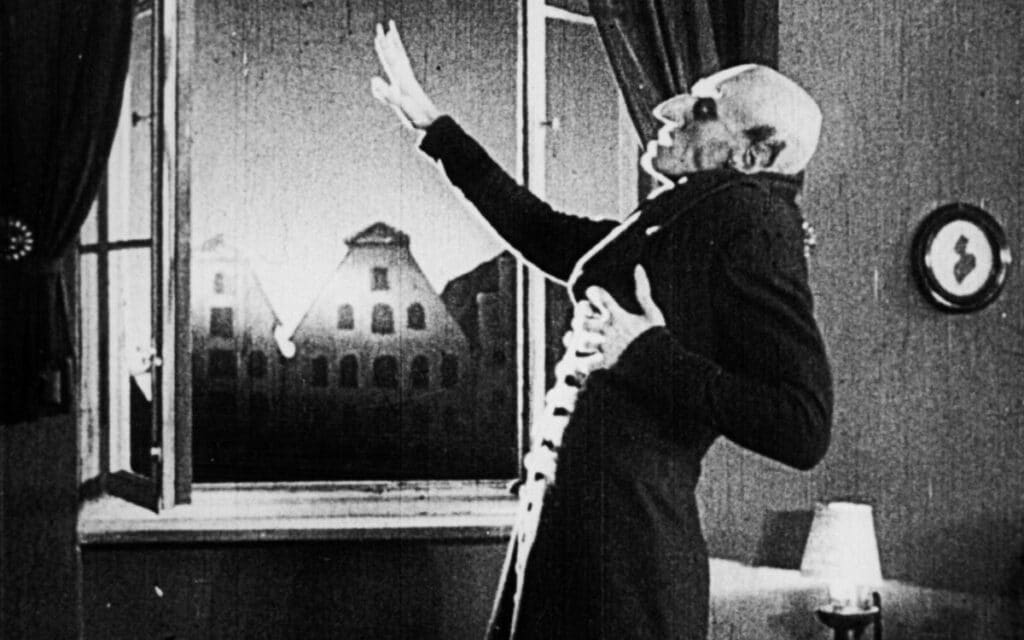
These rumours were fuelled by Schreck’s aversion to publicity and his complete lack of interest in fame – a stark contrast to the egos of many film stars of the era.
As Nosferatu grew in infamy, the myth of Schreck as a real-life vampire gained traction. The film itself narrowly escaped destruction when Stoker’s widow sued, demanding all copies be destroyed.
However, a few prints survived, allowing Nosferatu to emerge as a horror classic, with Schreck’s Orlok becoming a symbol of pure, unfiltered terror.
Legacy and the Myth of Schreck
After Nosferatu, Schreck continued to work in film and theatre, but he never attained the same level of recognition.
He largely returned to smaller roles on stage and in film. And when he died of heart failure in 1936, he left behind no personal writings, interviews, or insights into his life.
The legend of Max Schreck endured, however, notably reimagined in the 2000 film Shadow of the Vampire, where Willem Dafoe plays Schreck as an actual vampire hired by Murnau to achieve ultimate authenticity.
This fictional portrayal transformed Schreck’s reputation from eccentric actor to something darker and more surreal.
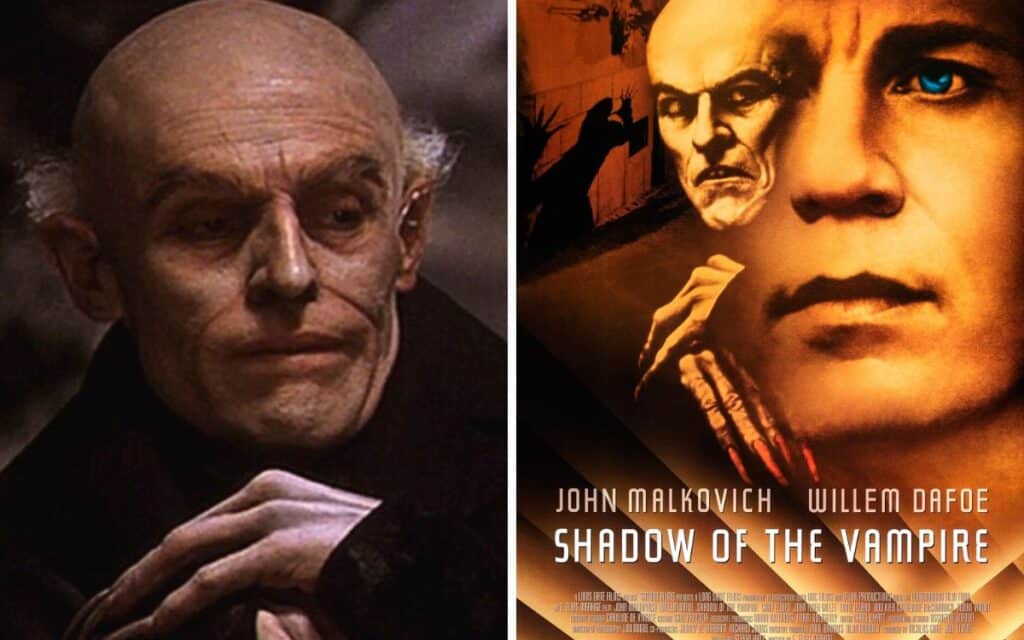
Today, Schreck’s Count Orlok remains a defining figure in horror, inspiring filmmakers from Werner Herzog to Robert Eggers. His unsettling performance embodies a horror stripped of romance and fantasy, rooted in primal fear.
For horror fans, Schreck’s legacy goes beyond a single film; he is a symbol of cinema’s power to blur the line between the real and the imagined.
Schreck’s final resting place, an unmarked grave near Berlin, has become a pilgrimage site for fans of Nosferatu.
A single word, “Schauspieler” (actor), marks the grave – a modest tribute to a man who delivered one of horror’s most unforgettable performances.
Whether Schreck was merely an actor or something more, he achieved a form of immortality.
His portrayal in Nosferatu captured the essence of nightmare itself, and nearly a century later, Schreck’s Orlok lingers in the shadows of our collective imagination – a reminder of cinema’s power to haunt.
Tell us your thoughts on Max Schreck and Nosferatu in the comments section below!




